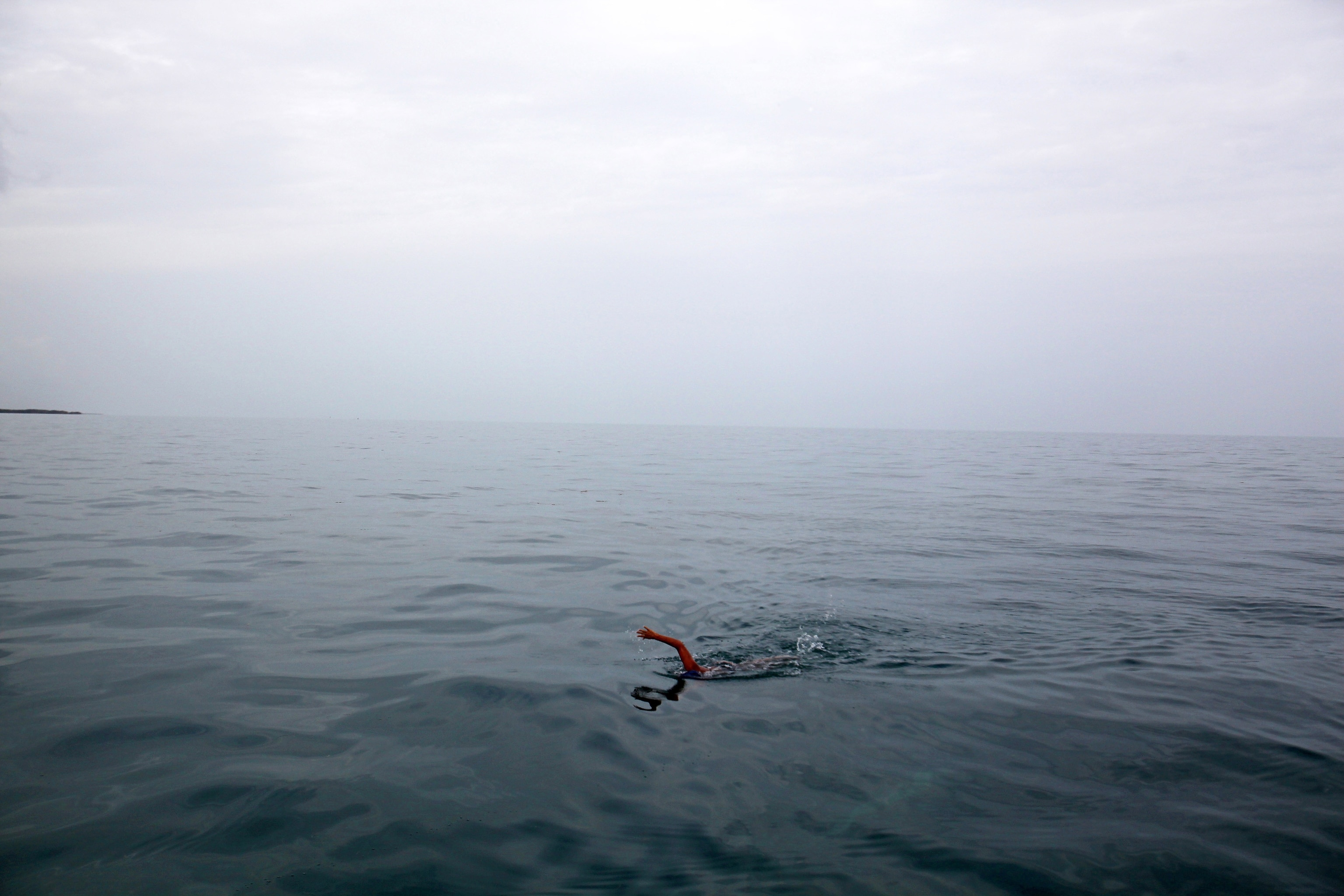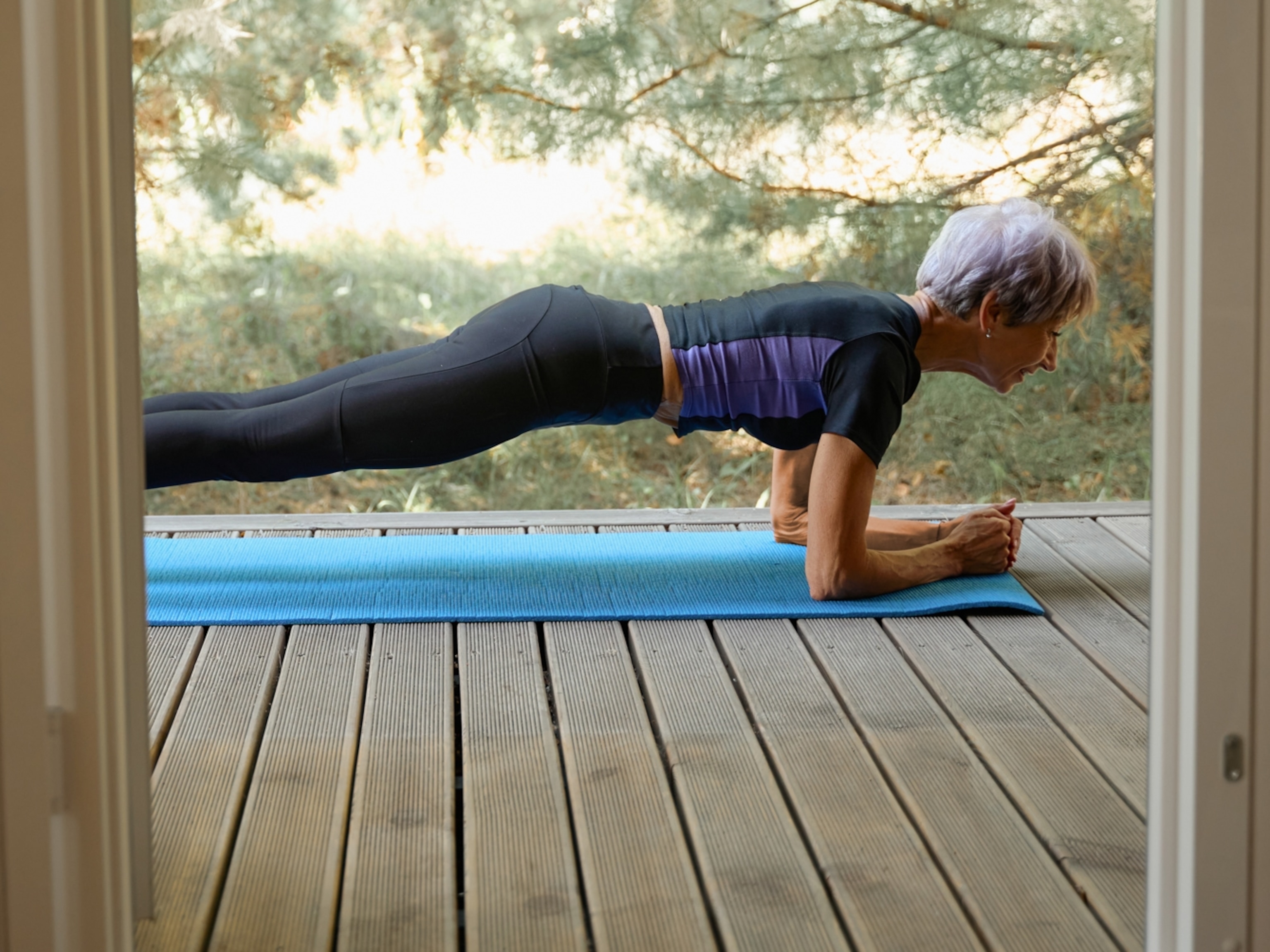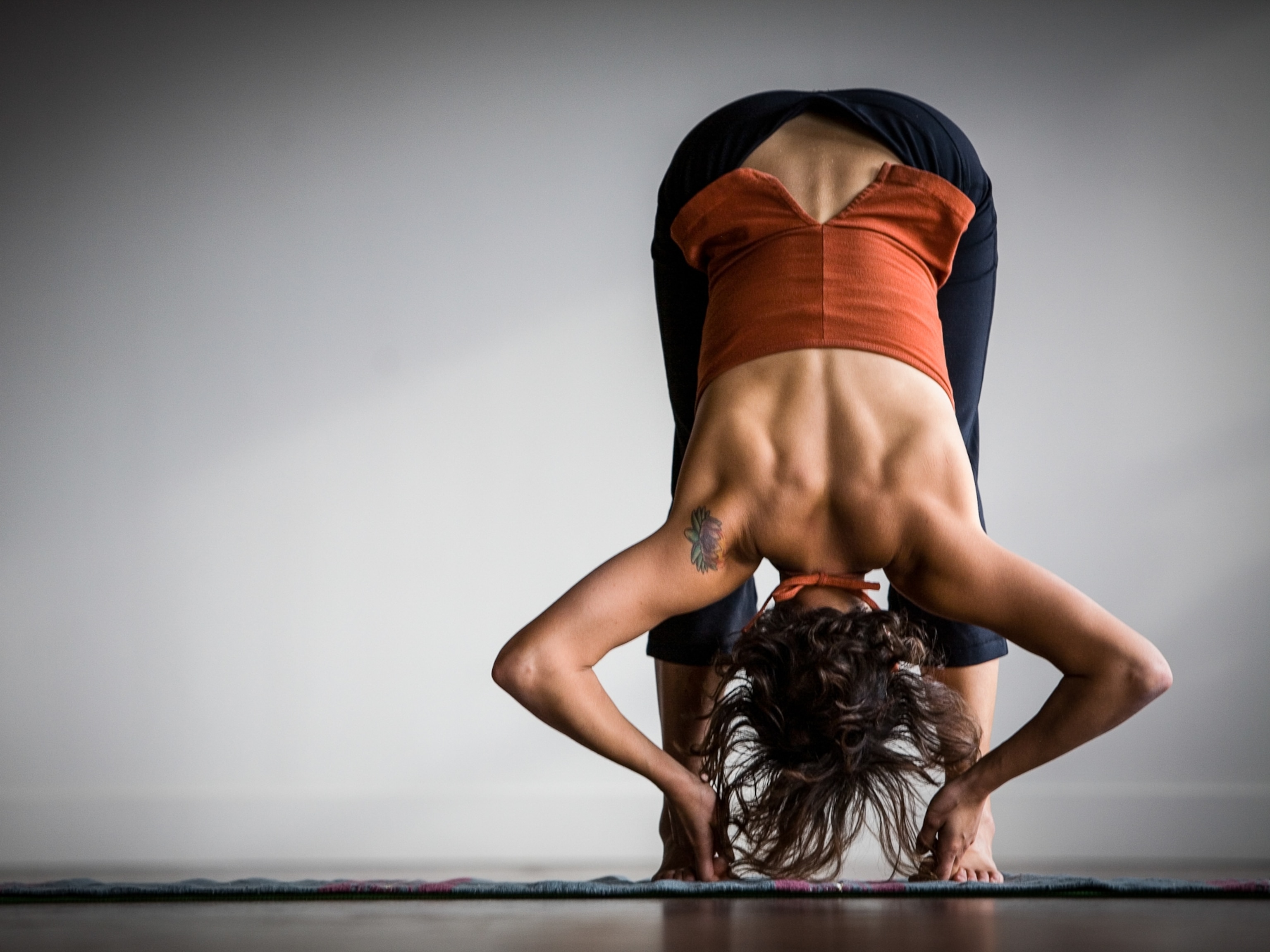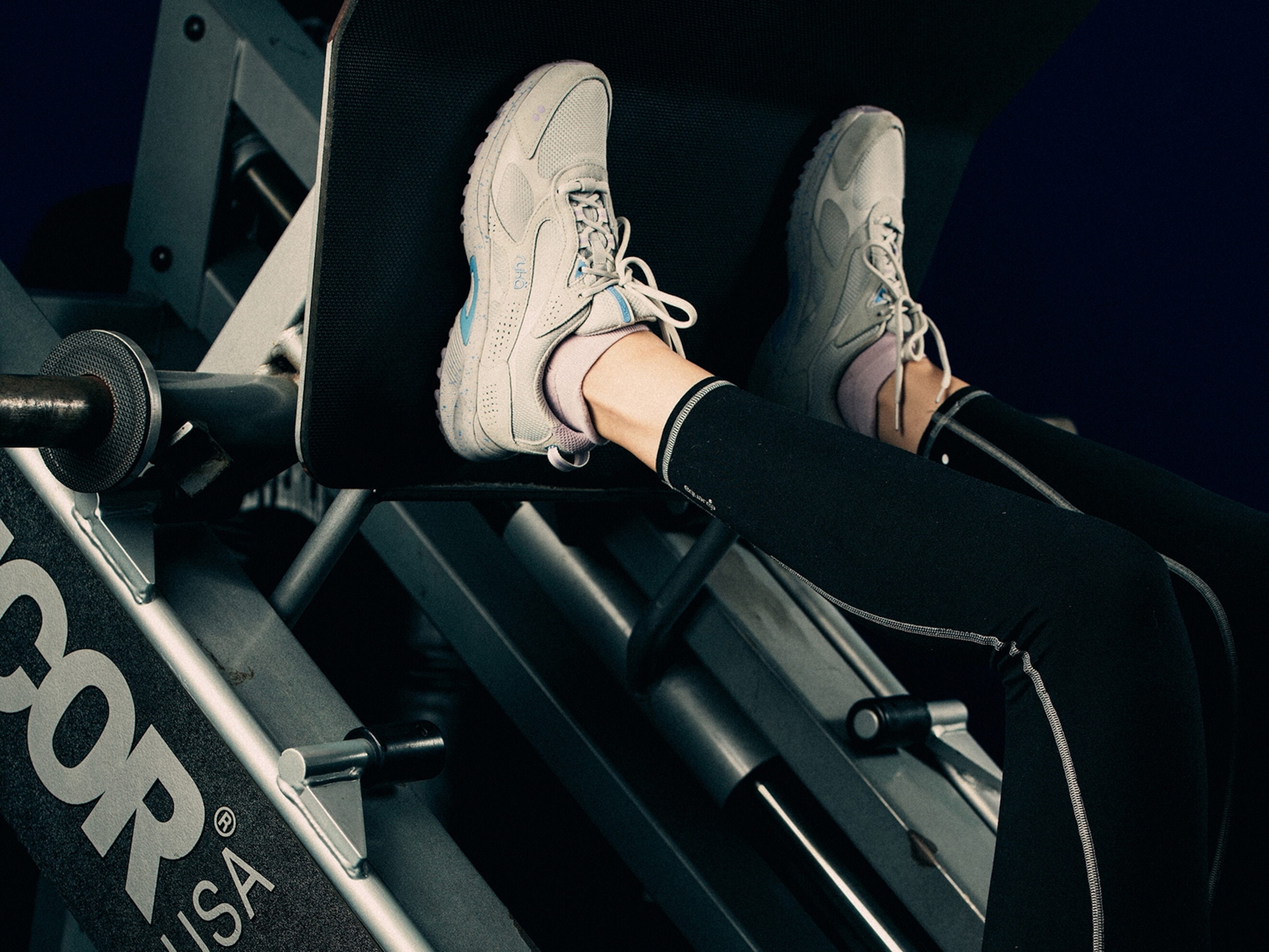
At 64, Diana Nyad swam from Cuba to Florida. How'd she do it?
The athlete’s record-breaking swim in 2013 is the subject of an upcoming Netflix film. Here’s what her body endured during those 110 miles in open water.
At 64, she triumphed. Over three decades, long-distance swimmer Diana Nyad tried five times to swim the 110-miles (177-kilometers) from Cuba to Florida. Her eventual success—a decade ago this fall—prompted National Geographic to look at the capacity of an aging body.
Nyad’s quest is the subject of an upcoming feature film by National Geographic Explorer Jimmy Chin and Elizabeth Chai Vasarhelyi, starring Annette Bening and Jodie Foster.
Nyad, a long-distance swimmer from Los Angeles, reached Key West on September 2, 2013 nearly 53 hours after leaving Cuba, becoming the first person to swim from Cuba to Florida without a protective cage.
But it was no day at the beach: The swimmer battled severe winds and vomited several times after swallowing too much seawater. "It was rough stuff," she told the Associated Press.
So how does an older body endure such a task? We talked to Benjamin Levine, a sports cardiologist who has studied extraordinary endurance athletes; he is also the director of the Institute for Exercise and Environmental Medicine, a research collaboration between UT Southwestern Medical Center and Texas Health Presbyterian Hospital Dallas.
What kind of physical shape do you need to be in to do this?
These kinds of extraordinary endurance activities are done at relatively low intensity. For example, if she went 110 miles (177 kilometers) in 53 hours, that's about 2 miles (3.2 kilometers) an hour, or a slow walk. She's not sprinting. So of course she needs to have extraordinary fitness, but when I say fitness I don't mean the kind [in which] you would see someone winning a gold medal in the 5,000 meters or even the marathon. (Explore a human-body interactive.)

She doesn't have to have a huge engine; she has to have a sustainable engine. She has to be extremely efficient—swimming is notoriously an inefficient sport. She's going to be doing this at a steady state, so her heart rate won't be high.
What's going on in the body during a long-distance swim?
When you stand, gravity is sucking blood into your feet, and your heart is probably half as full as when you're lying down. When you immerse someone in water, it reverses the pressure and a lot of blood rushes into the heart. That's good because the heart is full and can pump plenty of blood, but there may be some cardiac fatigue as well—the heart itself can get tired. You have to establish a rhythm.
Water is a good conductor of heat, so during a long-duration swim, water is sucking heat out of you. Unless you generate enough heat, you can get quickly hypothermic—that would be another big problem, maintaining body temperature. Having a suit [as Nyad did] helps maintain body temperature. One of the reasons she didn't stop is [because] she would get cold.
What are the strains on the body?
The biggest limitations are musculoskeletal overuse, fuel, and concentration. You're burning mostly fat as a fuel—if you start to push faster, you'll burn carbohydrates and get a lot more muscle fatigue. So you'll need enough caloric reserves and to take in enough calories. You also need to avoid muscular overuse and strain. Your muscles get tired because of the repetitive contraction.
Other limitations may be mental. The repetitive motion and the will to concentrate—[it's hard] to sustain that without sleep.
Which muscles are working the hardest?
Arm muscles. That's why you need to be an extremely efficient swimmer—the small muscle mass of arms fatigues a lot more quickly than the large muscles of the back.
Do you think this is remarkable for a 64-year-old?
This kind of ultra-endurance event is one which an older person might be able to do—there's not a lot of pounding [on the joints]. [Nyad] has maintained her fitness, been active and fit for most of her life, so that [she may] have a cardiovascular system as healthy as a 40-year-old's.
What Diana has shown us over the years is she's an extraordinary endurance swimmer. She has the mental toughness and discipline—maybe the mental toughness and discipline that a younger person doesn't have.
Diana has said that this is proof that people should do anything they set their minds to.
Not always. Setting a goal and working toward a goal is often as important as achieving that final outcome. Even if Diana had failed to reach Florida, we would still view her as one of the most extraordinary ultra-endurance athletes. Sometimes we count that end result too much—and sometimes people just can't do it.
Anything else you want our readers to know?
Fitness and regular physical activity is part of your personal hygiene. I hope your readership will look at this and not say, "I can't do this; I'm going to sit around and watch [television] all day." I hope that they'll go outdoors and challenge themselves and become fit—and you can do that without swimming from Cuba to Florida.





